What's it like?
This car is as good as it needs to be, for Hyundai at least, given that most customers in this segment aren’t generally all that fussed about a sparkling driving experience.
The standard Tucson is entirely inoffensive to drive, and with the minor changes made under the skin here, there are no great revelations.
The diesel engine is the very definition of a modest performer. Its torque advantage over the petrol should give it reasonable reserves of low-down urge, but even though that means you’re not thumping it towards the redline out of every junction, you’ll soon become familiar with the end of the throttle pedal’s travel just to keep up with the pace of rush-hour motorists.
Doing so isn’t too unpleasant, because the unit is a good deal more refined than the rattly old 1.7-litre, but it’s hardly thrilling. Given you’ll be stirring it in often, the manual gearbox is at least fairly satisfying to operate. Either way, this doesn’t feel like an appropriate powertrain for a sportified model.
As with the multitude of mild hybrid systems we’ve experienced over the past couple of years, the Tucson's operates largely inperceptibly. Hyundai claims the little 0.44kWh battery can provide up to a 16bhp boost to reduce load on the engine, while the stop-start system can cut in below 20mph if it thinks you’re coming to a halt.
The N-Line seems the perfect opportunity to finally give the Tucson a chassis set-up that can rival the Seat Ateca for dynamic composure, but subtlety seems to have been the name of the game for Hyundai’s engineers. The springs are 8% stiffer at the rear and just 5% stiffer at the front, we're told, which sounds about as transformative as it actually is.
To Hyundai's credit, there’s a fair amount of composure and body control is fine for the most part, but press on and there’s still plenty of vertical motion and a ride that goes from very smooth to a bit unsettled when you find yourself on a rough B-road. You can put some of the blame for this on the bigger wheels.
The steering tune is successful enough, however: the quicker response to inputs enhances the Tucson’s feeling of agility on turn-in. Overall, however, there’s nothing to even raise the eyebrow of a keen driver here.
Should I buy one?
This is not the Tucson to buy. At least not with this powertrain if you want even the slightest illusion of sportiness.
The Tucson is a fundamentally fine, if slightly insipid, SUV that sits in the well of acceptable competency alongside cars like the Renault Kadjar and its Kia Sportage sibling. With the diesel engine, it’s frugal and quiet enough, too.
But bar a fraction more style and some comfier seats, N-Line doesn’t offer enough to justify the trade-off of a less comfortable ride in base diesel form. Perhaps it does with the petrol engine, though, and at least the trim’s additions don’t add too much to the price.
Hyundai Tucson 1.6 CRDi N-Line specification
Where Cotswolds, UK Price £27,760 On sale Now Engine 4cyls, 1598cc, turbo, diesel Power 134bhp at 4000rpm Torque 236 ft at 2000-2250rpm Gearbox 6-spd manual Kerb weight 1537kg Top speed 112mph 0-62mph 11.2sec Fuel economy 48.7mpg (WLTP) CO2 113g/km (WLTP) Rivals Seat Ateca FR, Mazda CX-5

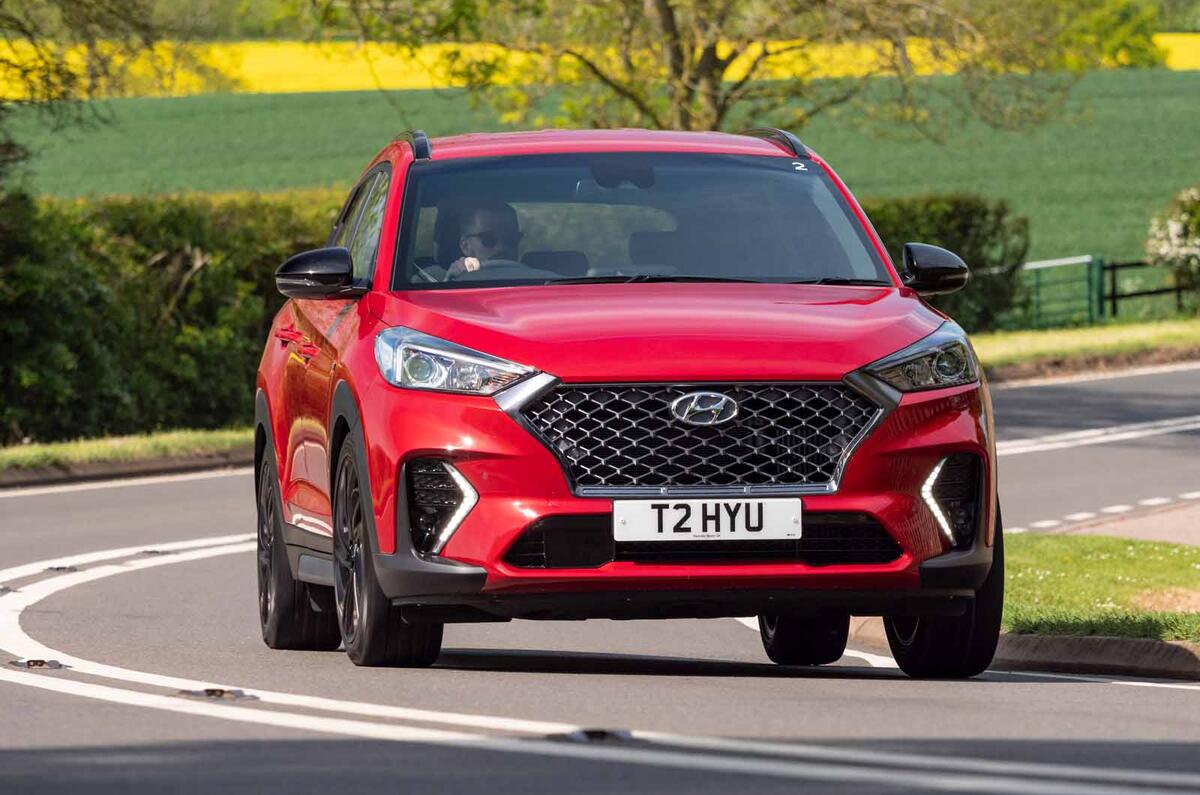
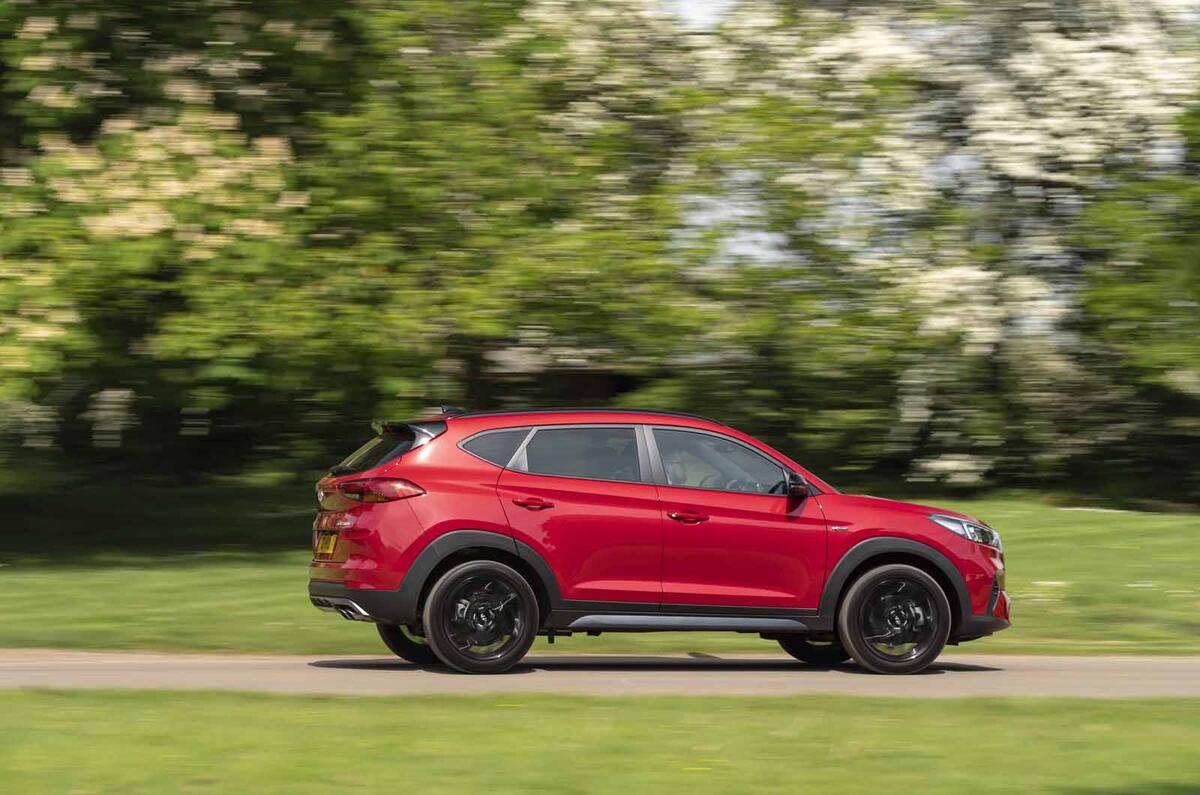
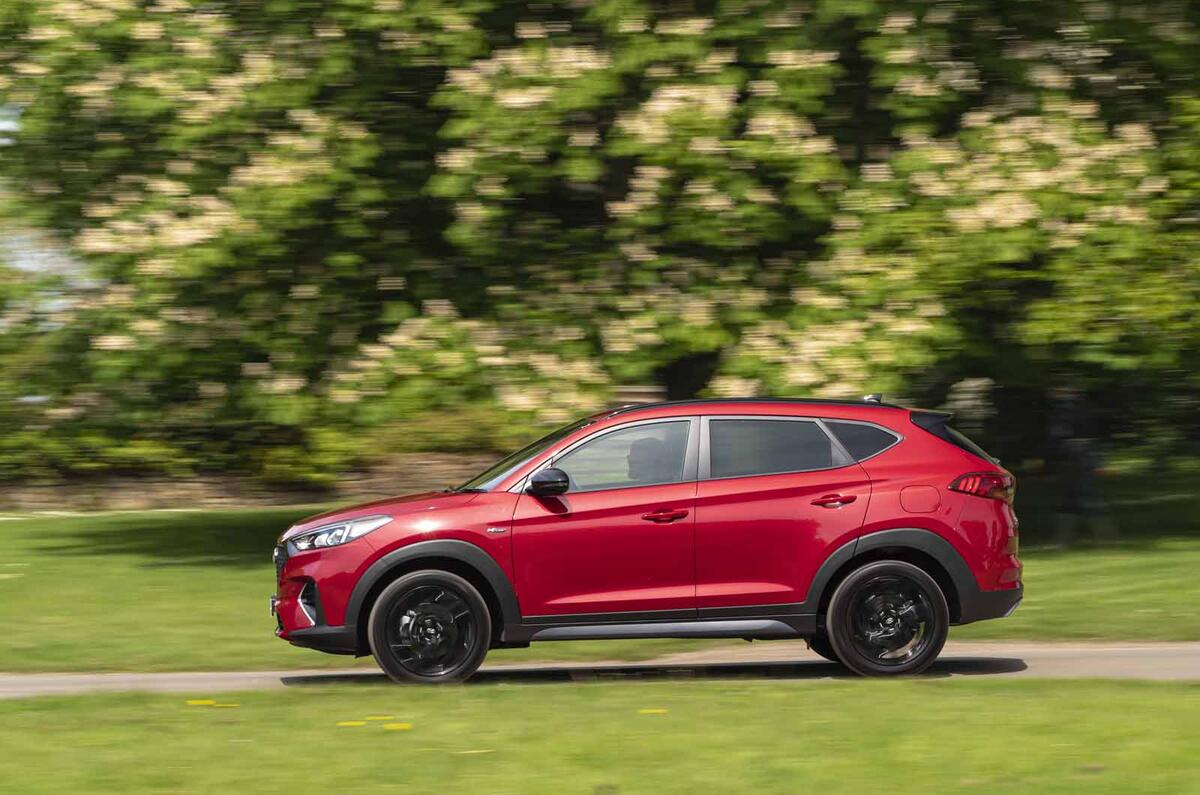
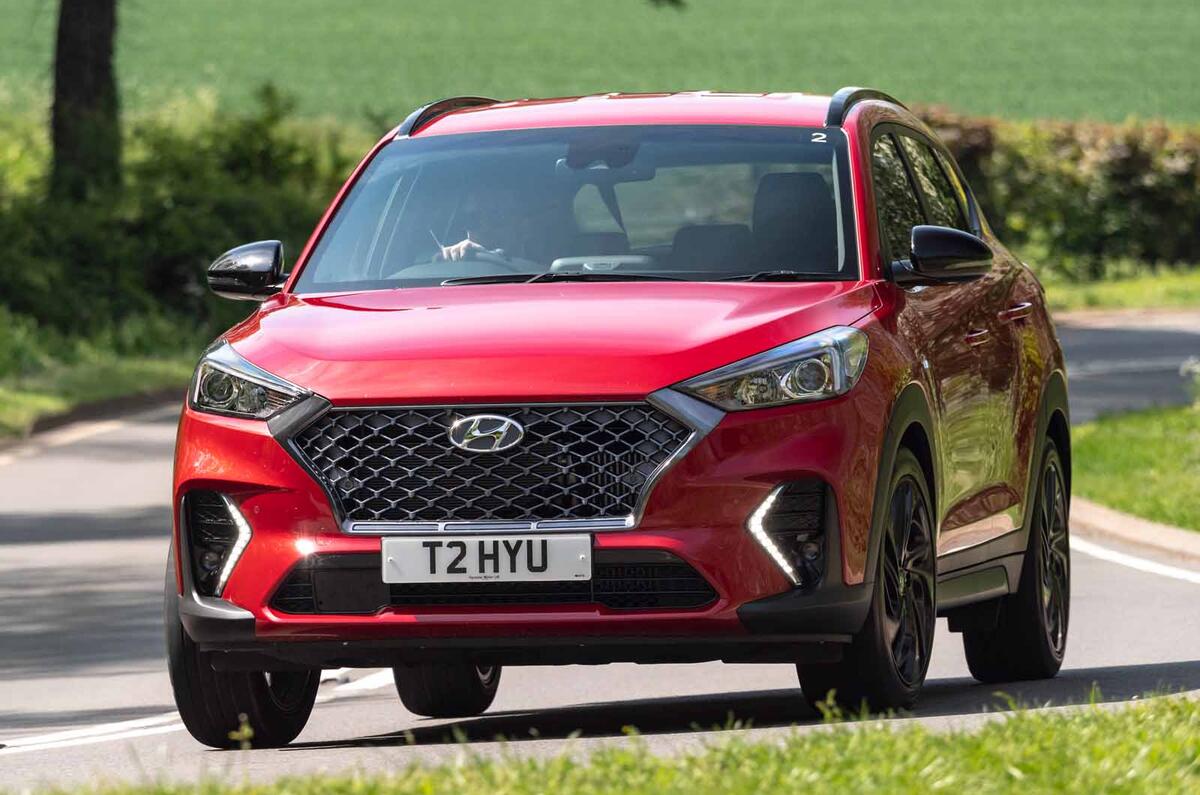
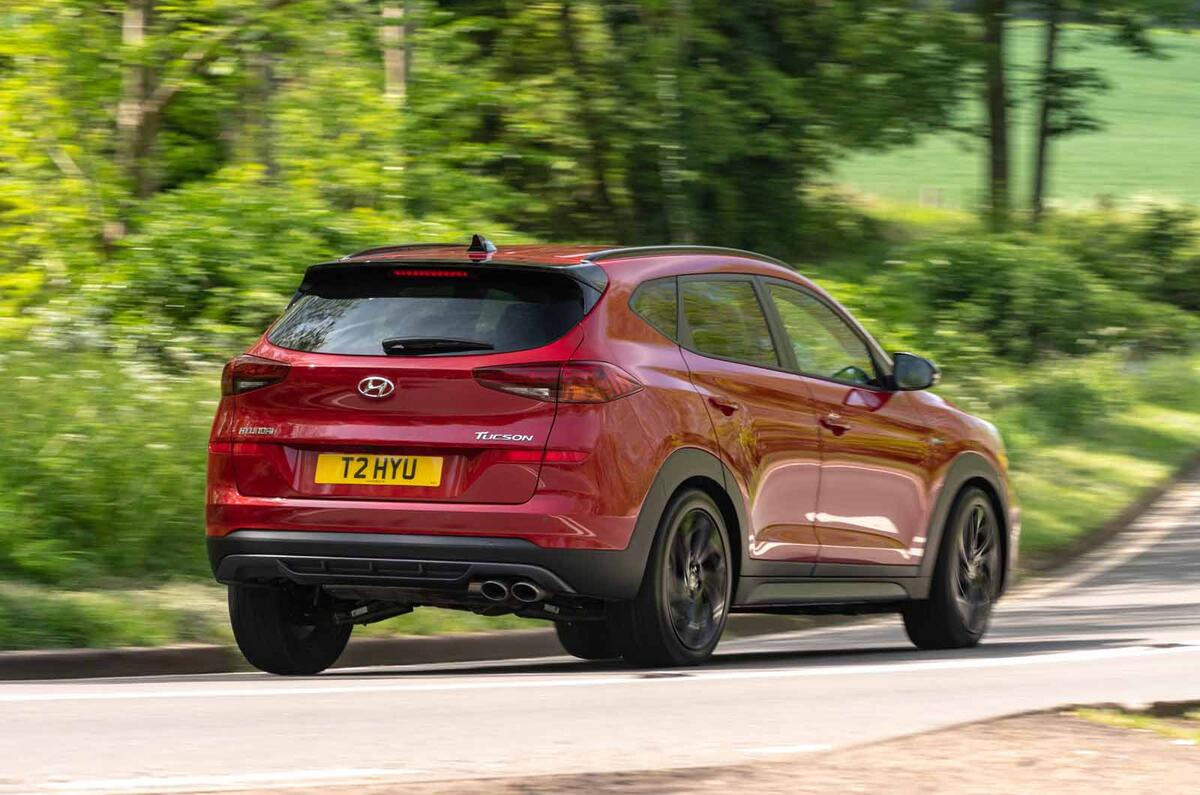
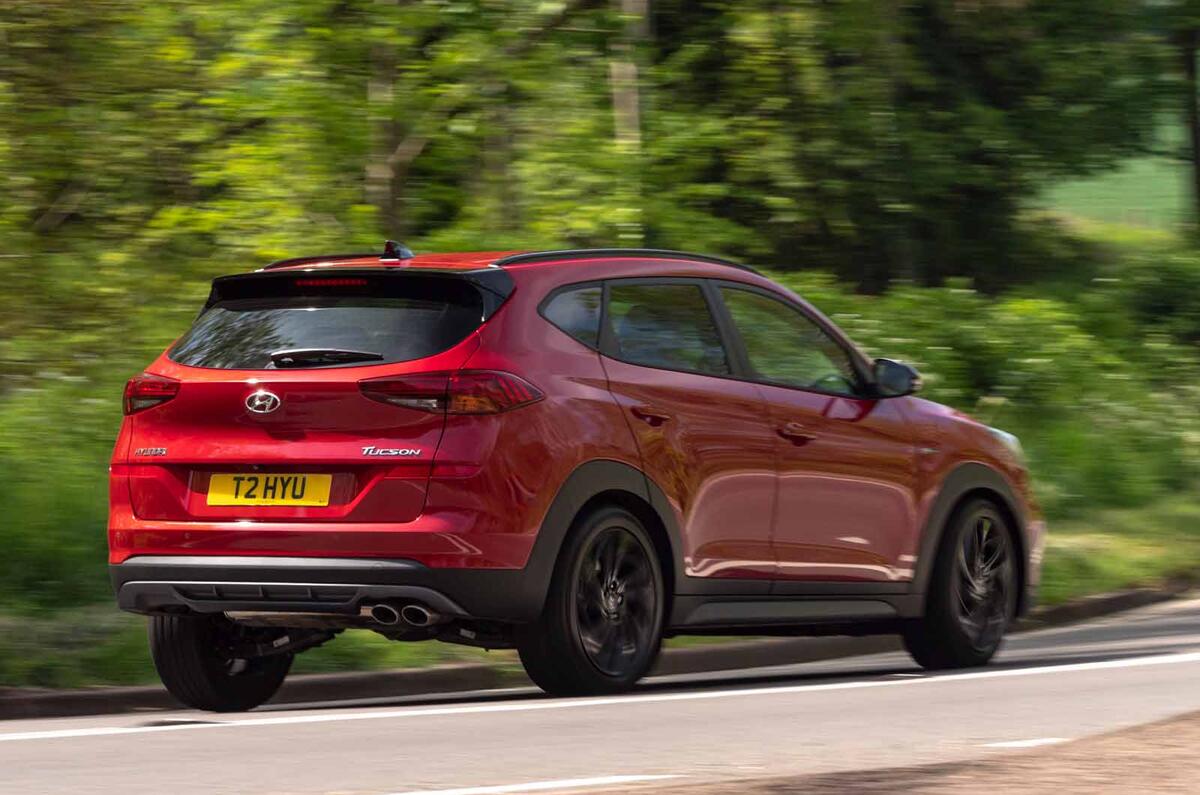
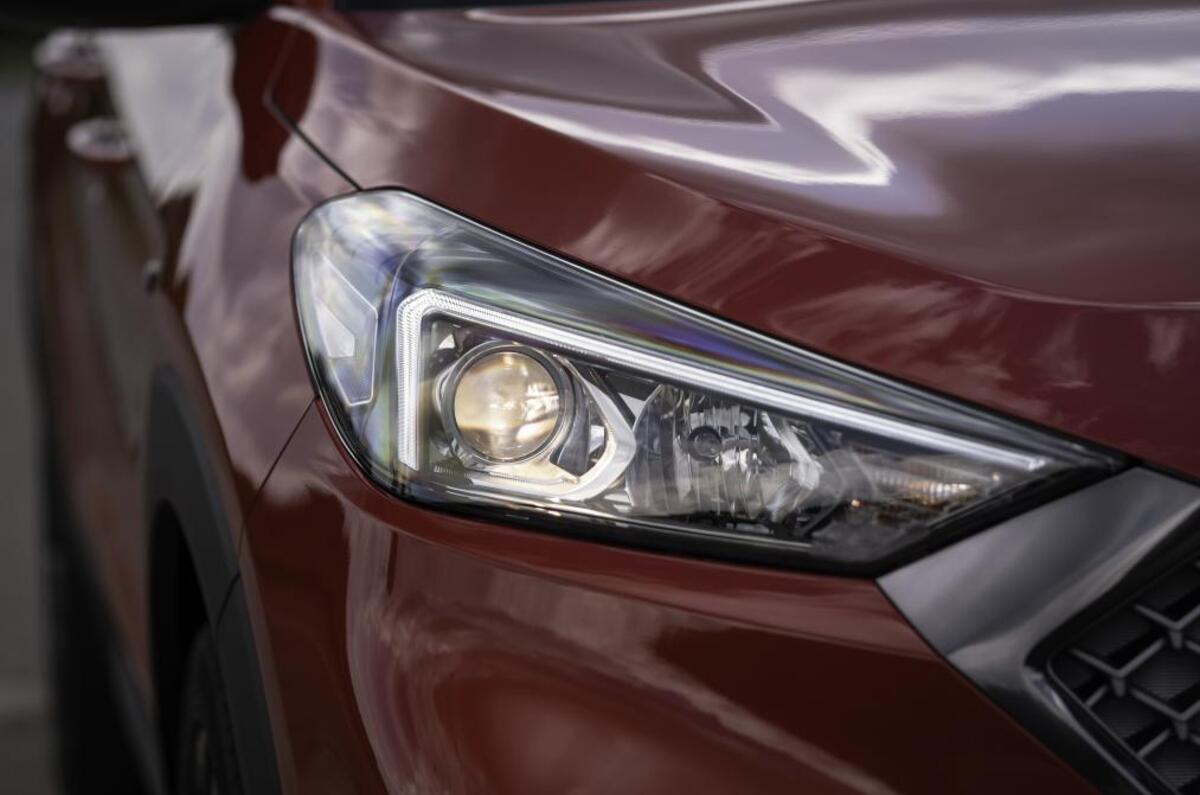
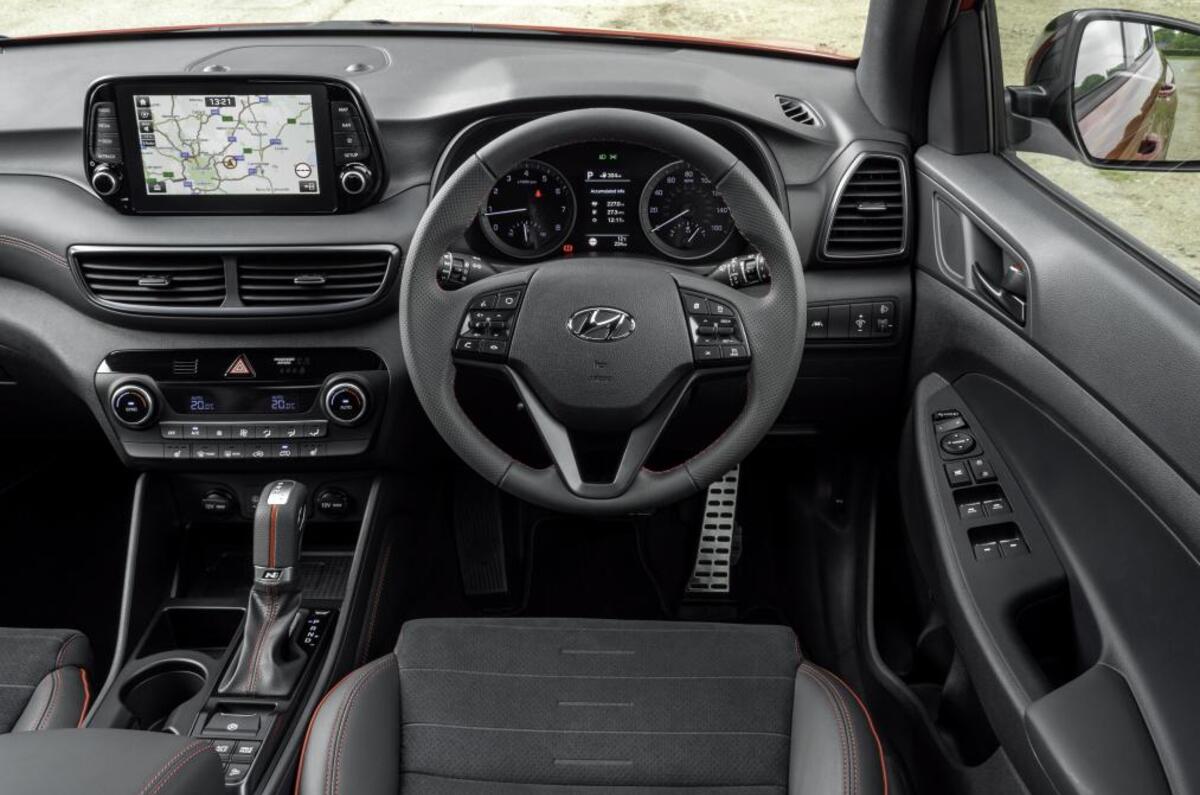

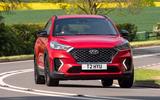
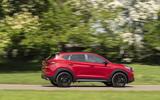
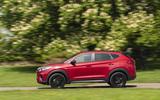
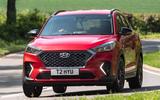
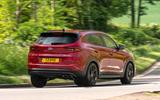
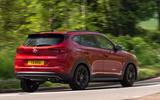
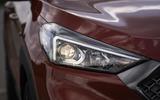
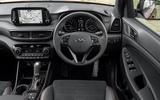
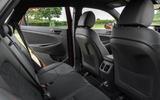
Join the debate
Dubya83
Been waiting for this review...
How does it compare to the previous non hybrid diesel though? I'm actually of the thought that this is quite a clever offering from Hyundai. We've got a Tucson in the family now, said old rattly 1.7, and no its not fast, yes it coarse but fundamentally its an easy car to drive and fits life very nicely. Problem is, as company cars Tucsons has beome very expensive, so I'm hoping when they finally get added to the fleet databases that this variant will bring the costs down due to better emissions. Hardly exciting chat, but chat that might be more in line with where fleet buyers come from?..Its on my list anyway to check out.
Same review for the petrol might be interesting to see how it stacks up.
Add your comment